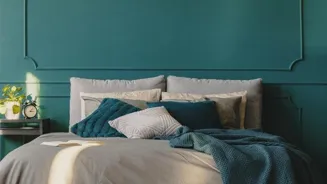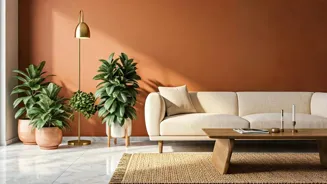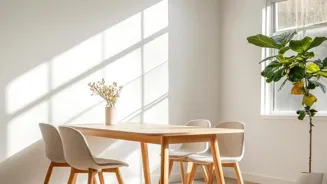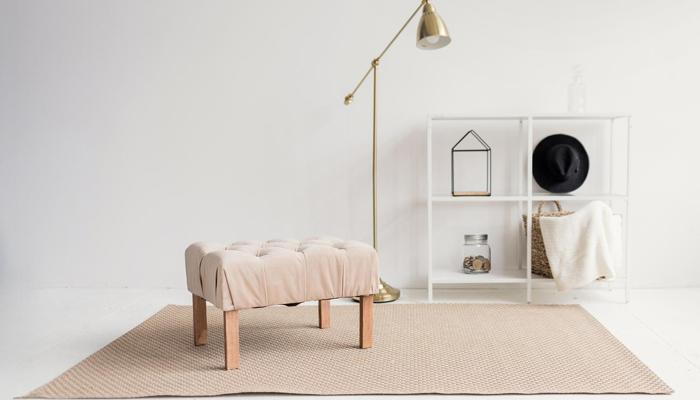Enhance Your Home for Wellness: Transform your space with 10 easy steps for a healthier, happier life
In today’s fast-paced world, our homes are more than just places to live. They are personal sanctuaries,
where we seek comfort, rejuvenation, and a sense of well-being.
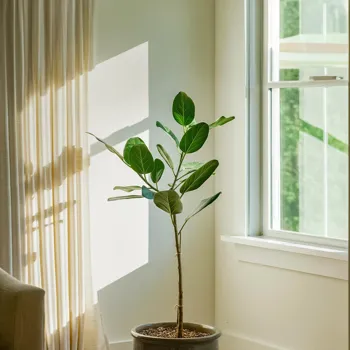
Creating a home environment that promotes wellness is an investment in your physical and mental health and it really just can be a total game changer for your overall life satisfaction. Luckily, you don't have to completely renovate to make this happen.
With a few smart moves, you can transform your house into your personal feel-good space. Let’s explore ten practical ways to enhance your home environment and elevate your wellness.
Let Natural Light In
Make the most of the sunlight. Keep your curtains and blinds open during daytime hours to allow sunlight to flood in. Natural light boosts your mood, regulates your sleep cycle, and increases vitamin D production, which is vital for a healthy immune system.
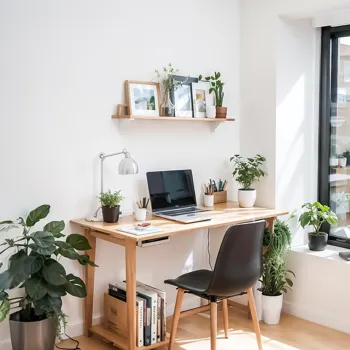
If you don’t have access to a lot of natural light, consider using full-spectrum light bulbs which mimic natural daylight. Arrange your furniture in ways that capitalize on window placement, and trim any overgrown plants outside that might be blocking the sun rays.
Embrace the sunshine, and watch your well-being flourish.
Incorporate Indoor Plants
Plants do more than just look pretty. They purify the air by absorbing toxins and releasing oxygen. Studies have shown that being around indoor plants can reduce stress levels and increase feelings of relaxation. Easy-to-care-for options include snake plants, spider plants, and peace lilies.
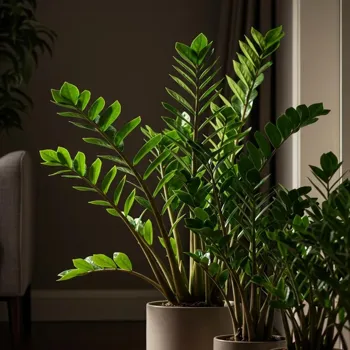
Start small, perhaps with just a few pots on your windowsill, and gradually expand your collection as you learn more. When you take care of the plants, you are simultaneously taking care of yourself.
The simple act of watering and nurturing plants can provide a sense of purpose and connection to the natural world.
Declutter Regularly
A cluttered home can lead to a cluttered mind. Regularly decluttering your living spaces can reduce stress and improve your overall sense of calm. Start by tackling one area at a time, such as a drawer, a shelf, or a corner of a room. Dispose of items you no longer need, use, or love.
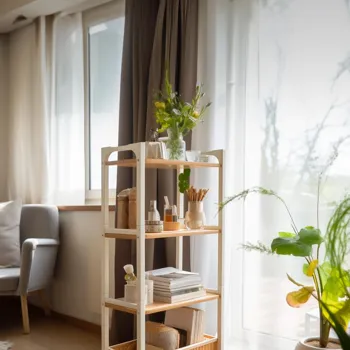
Organize what's left in a way that is functional and aesthetically pleasing. Consider donating items in good condition to charity. A clutter-free environment not only looks better but also promotes better focus and productivity.
Imagine the calm and order you will notice the next time you walk into a space that is clean.
Create a Relaxation Zone
Designate a specific area in your home as a relaxation zone. This could be a cozy corner with comfortable seating, soft lighting, and calming décor. Fill this space with things that help you unwind, such as books, aromatherapy diffusers, or a weighted blanket.

Make it a tech-free zone to disconnect from digital distractions. Use this space for activities that promote relaxation like reading, meditation, or simply lounging and enjoying the peace. Having a dedicated relaxation zone helps to separate relaxation spaces from spaces for work or productivity.
This allows you to mentally switch off more easily.
Introduce Calming Colors
The colors you choose for your home's décor can significantly impact your mood. Opt for calming colors like blues, greens, and neutrals to create a serene and peaceful atmosphere. Avoid overly bright or stimulating colors in areas where you want to relax.
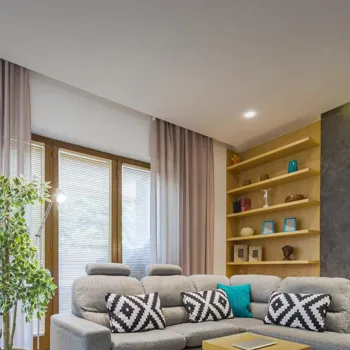
Consider painting an accent wall, adding colorful cushions, or using artwork to incorporate calming colors into your home. The choice of color extends beyond just walls; think about the colors of your bedding, curtains, and decorative items as well.
The impact of color on mental health is an age-old phenomenon, and you can take advantage of it to create a soothing home environment.
Optimize Your Bedroom for Sleep
Your bedroom should be a sanctuary for rest. Ensure it is dark, quiet, and cool to promote restful sleep. Invest in blackout curtains, earplugs, or a white noise machine to minimize disturbances. Maintain a comfortable temperature in your bedroom.
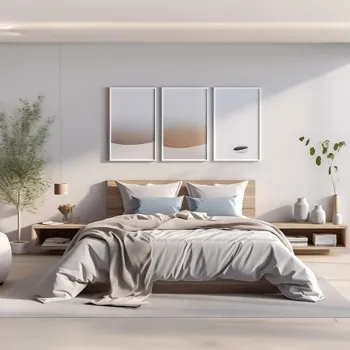
Use comfortable bedding and pillows that support your body properly. Avoid using electronic devices in bed, as the blue light emitted from screens can interfere with sleep. Making your bedroom a sleep-friendly zone can vastly improve your overall well-being.
Sleep is the foundation for a healthy life and ensuring quality rest improves both physical and mental health.
Infuse Aromatherapy
Aromatherapy involves using essential oils to improve psychological and physical well-being. Diffusing scents like lavender, chamomile, and sandalwood can promote relaxation, reduce stress, and improve sleep.
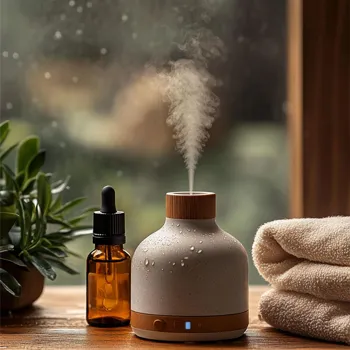
You can use an essential oil diffuser, add a few drops of oil to a warm bath, or even create a room spray with your favorite scents. Experiment with different aromas to find what works best for you. Each scent has different properties, and what relaxes one person might energize another.
When you find your perfect scent, you can use it to create a personalized and soothing environment.
Prioritize Air Quality
Indoor air can be more polluted than outdoor air. Improve your home's air quality by using air purifiers, regularly changing air filters, and opening windows to ventilate your home. Avoid using harsh cleaning products or chemicals that can release harmful toxins.
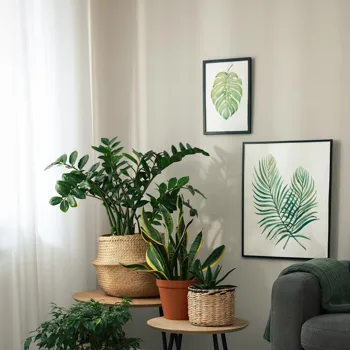
Consider using natural cleaning alternatives like vinegar and baking soda. Ensuring good air quality is crucial for your respiratory health and overall well-being. For those with allergies or asthma, clean air can be especially important.
By prioritizing the air you breathe, you create a healthier and more comfortable home.
Incorporate Elements of Nature
Bring the outdoors in by incorporating natural elements into your home décor. Use natural materials like wood, stone, and cotton. Display seashells, rocks, or other natural finds. Add water features like a small fountain to create soothing sounds.
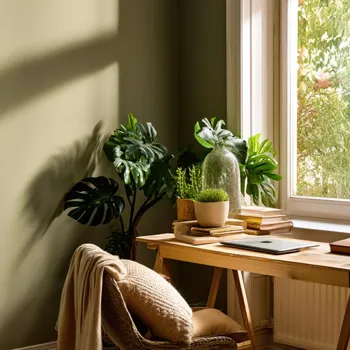
Being surrounded by nature has been shown to reduce stress and improve mood. Bring the beauty and tranquility of the natural world into your everyday life. Nature's colors, textures, and sounds offer a unique and refreshing aesthetic that helps you connect to something bigger than yourself.
Personalize Your Space
Last but not least, ensure that your home reflects your personality and interests. Display artwork, photographs, and mementos that bring you joy. Decorate with items that have personal meaning or evoke positive memories. Make your home a place that feels authentically you.
Your home should be a reflection of who you are and what you love. When you personalize your space, you create an environment that is both comforting and inspiring.
Transform your home into a wellness sanctuary for overall well-being
By incorporating these ten simple yet effective strategies, you can create a home environment that supports your physical, mental, and emotional well-being. Transforming your house into a wellness sanctuary is an ongoing process, but the rewards are well worth the effort.
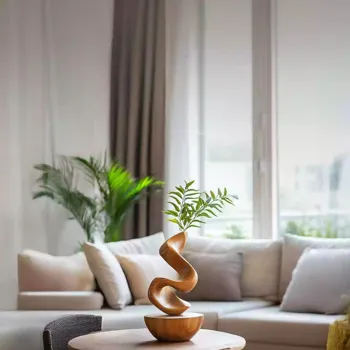
Take the time to nurture your living space and watch your overall quality of life improve. After all, a happy home leads to a happy you, and a happy you leads to a richer and more fulfilling life!

